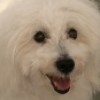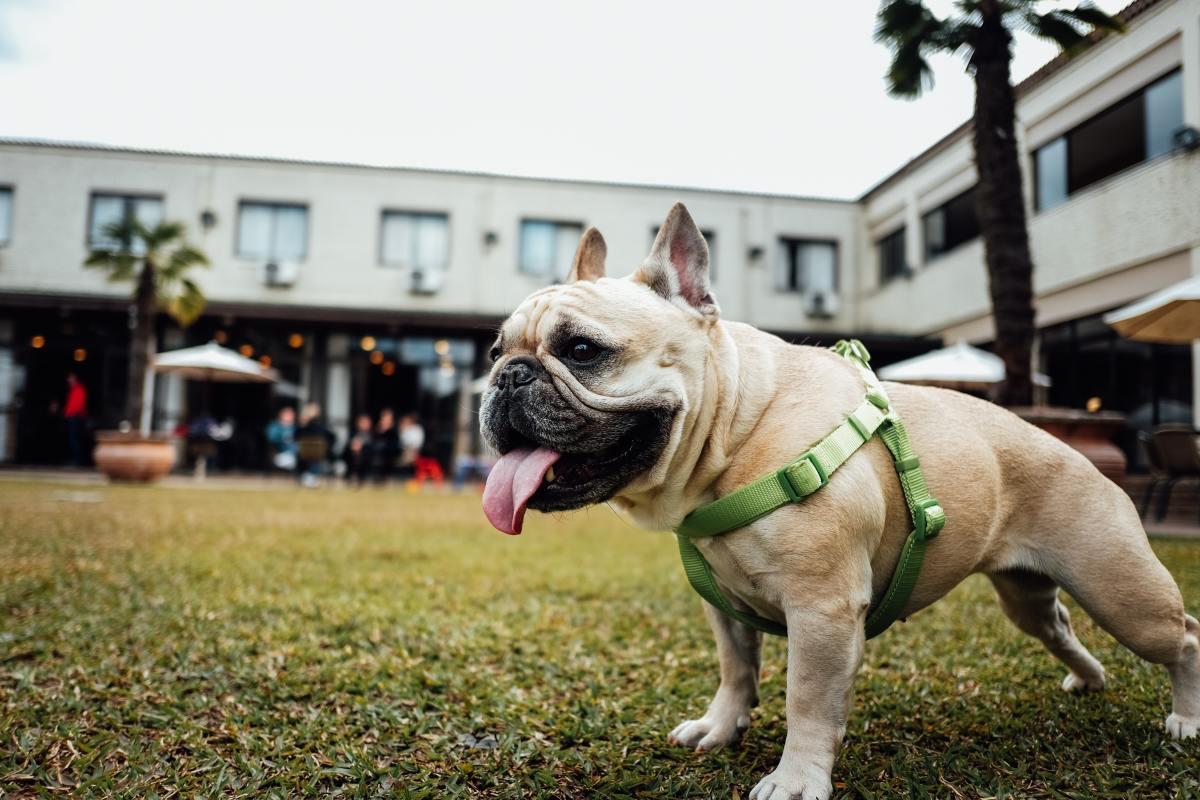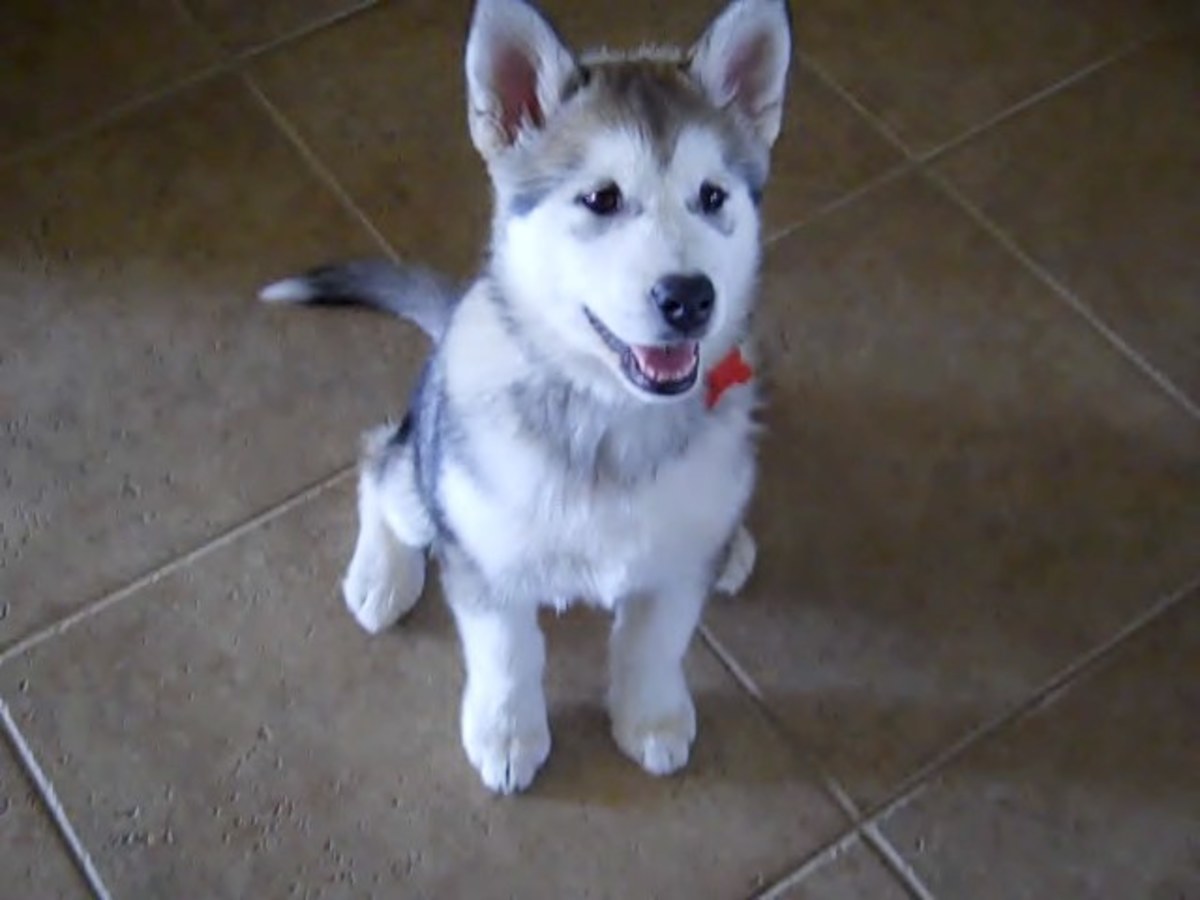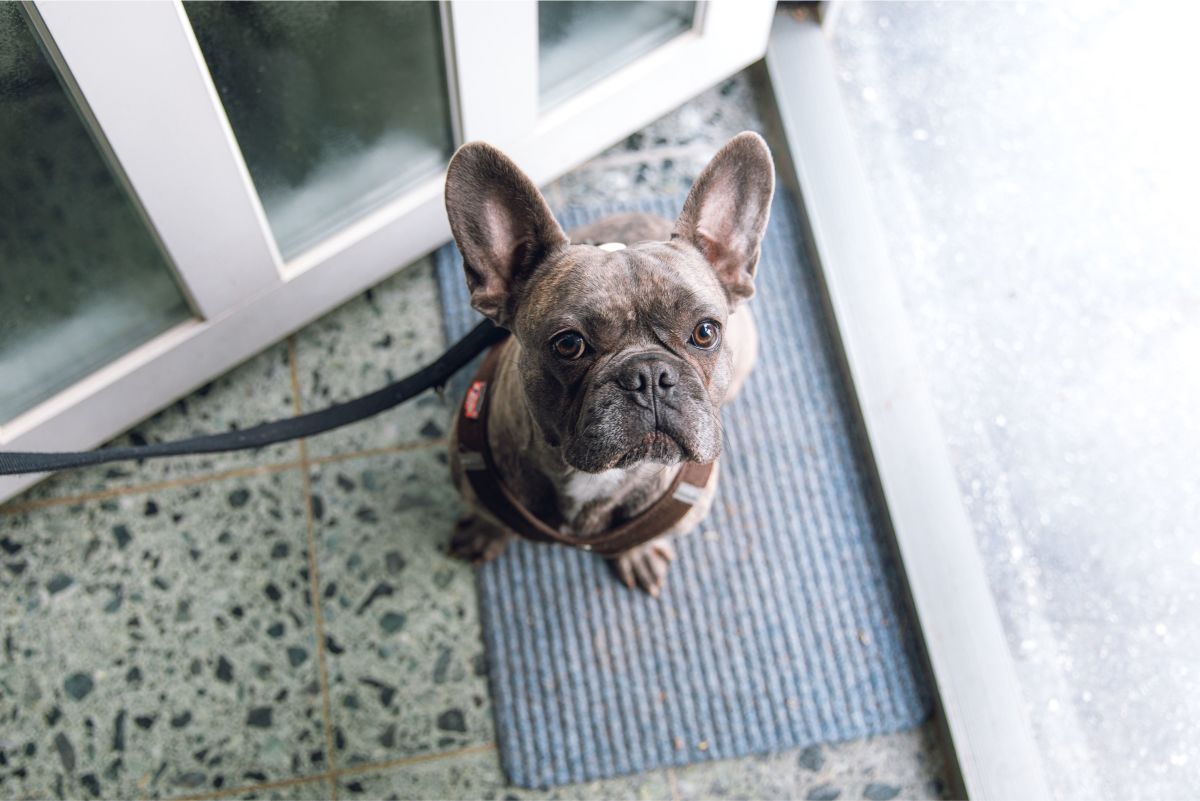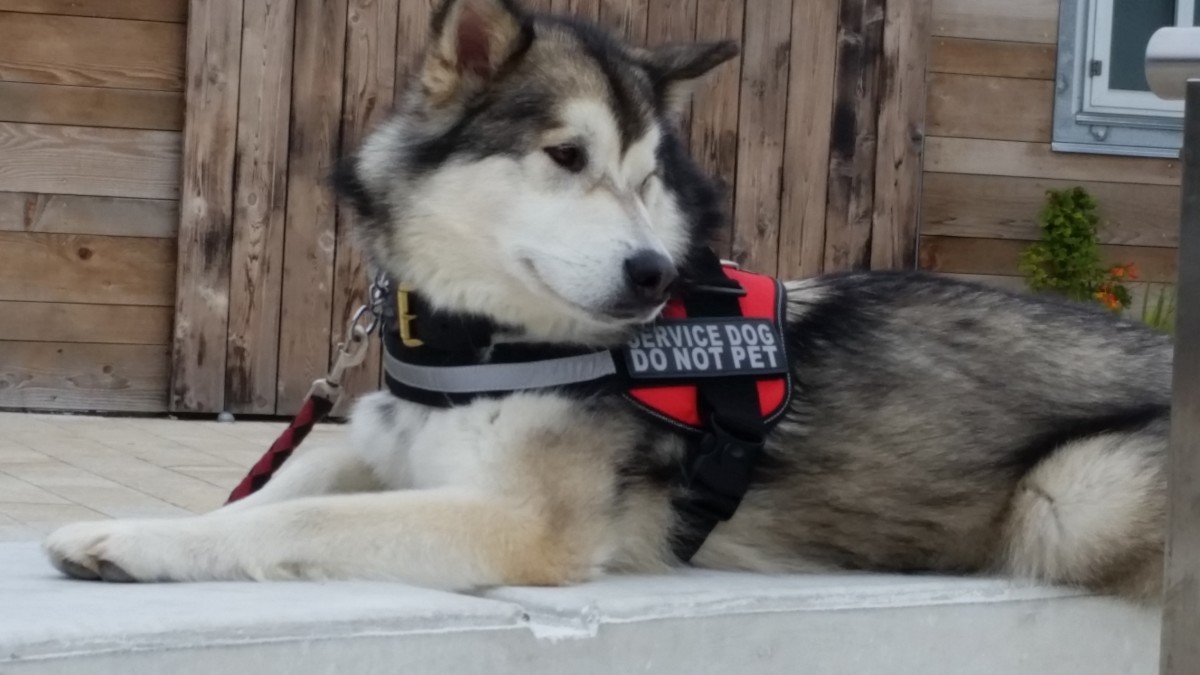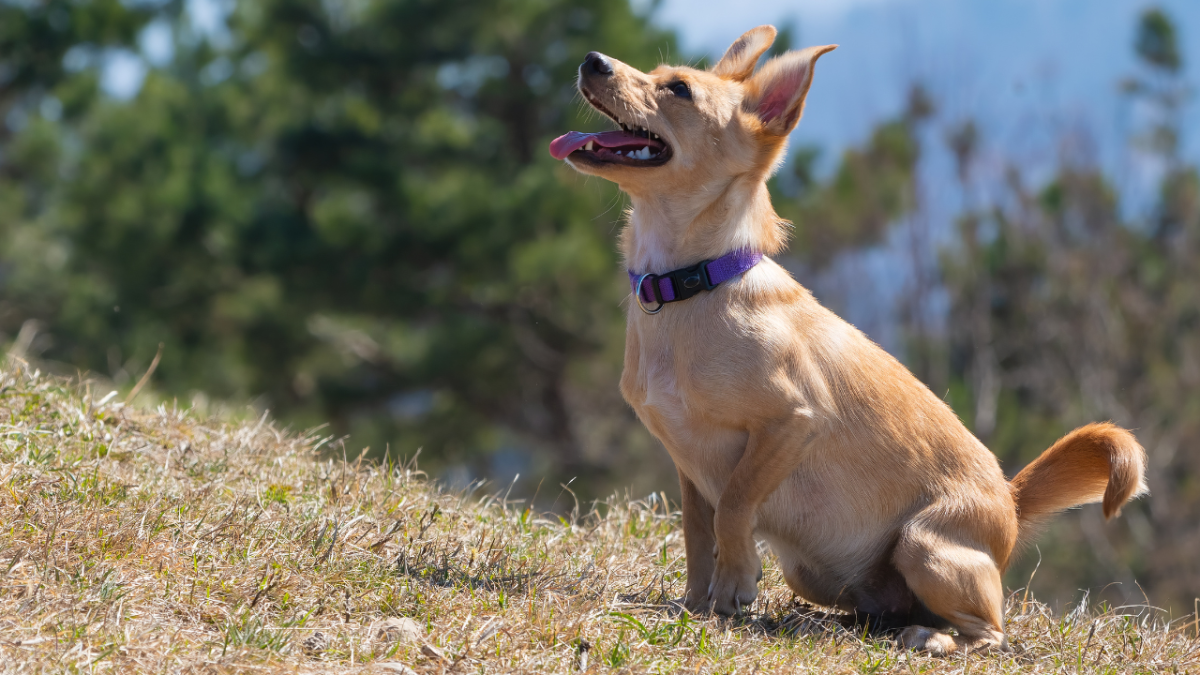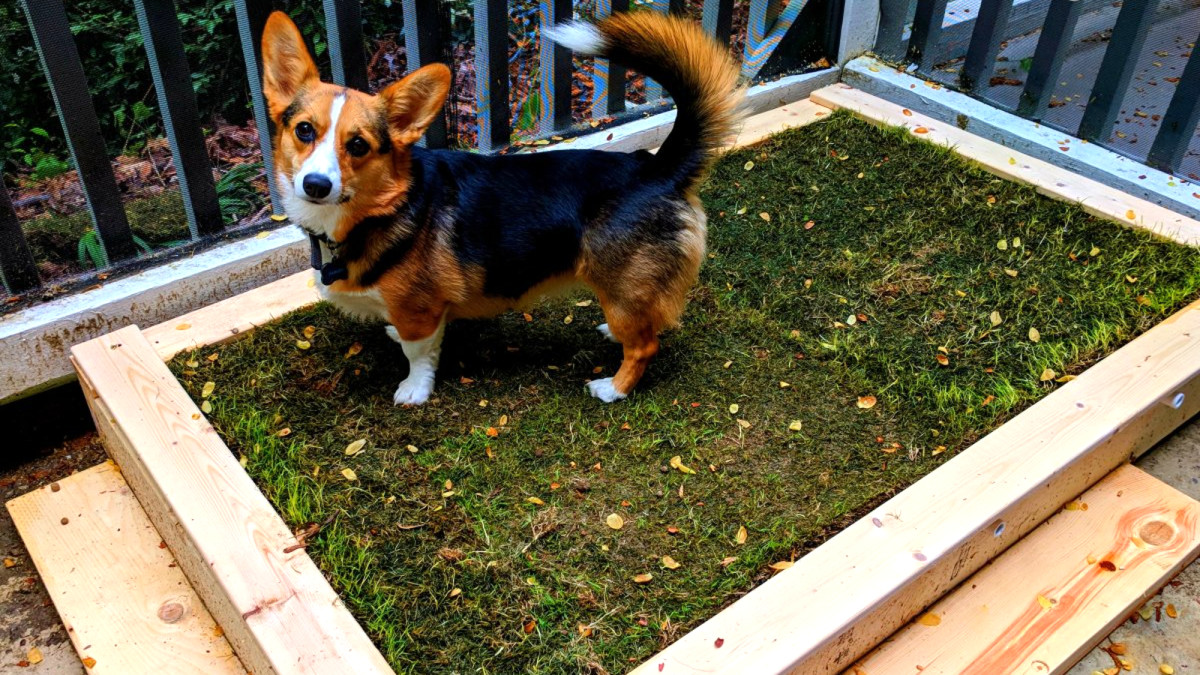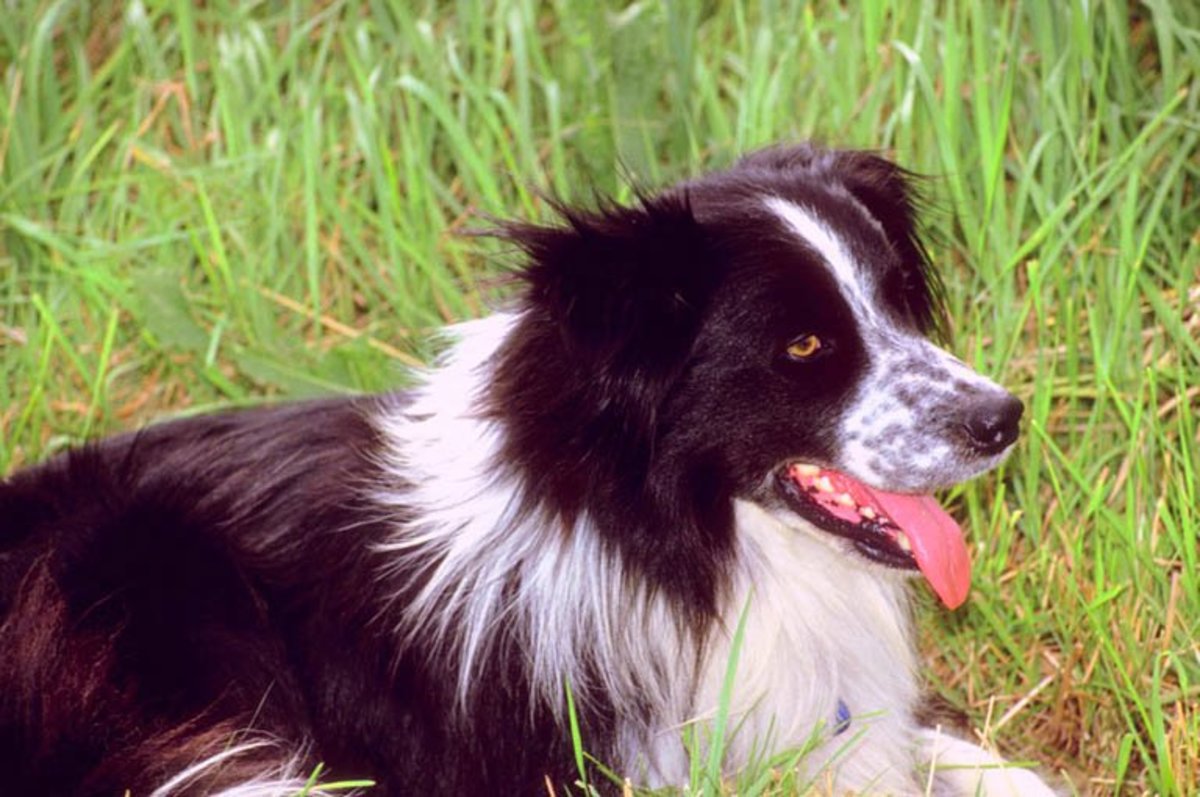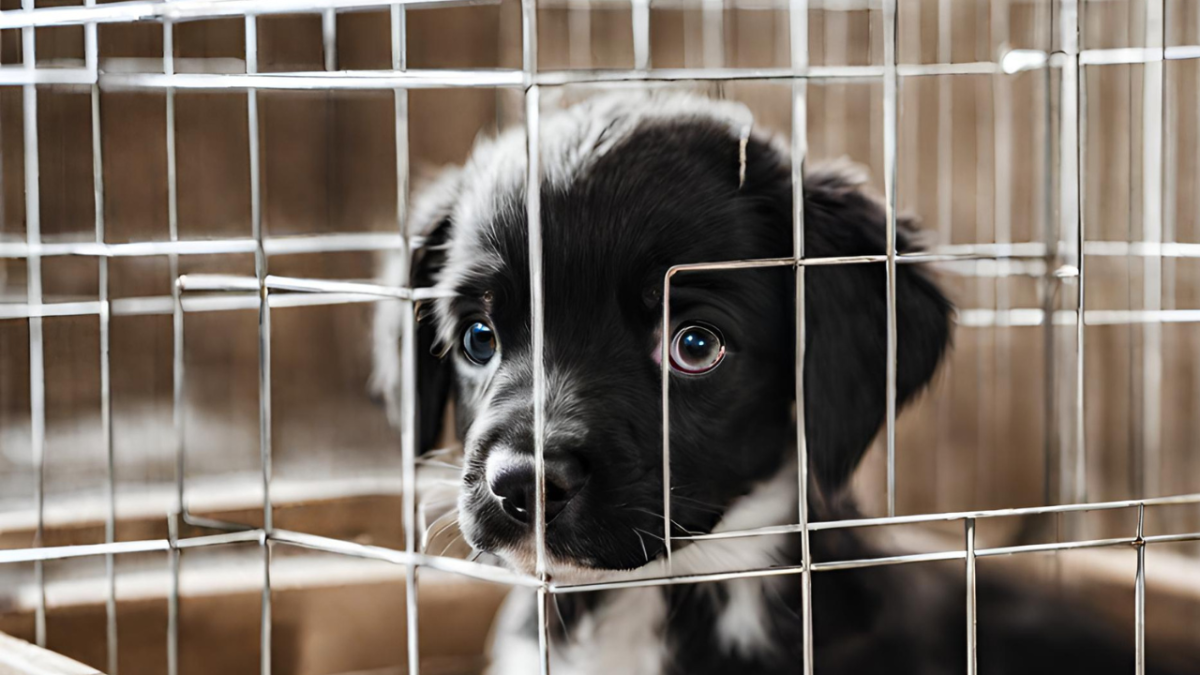Contexts and Mental Maps - How a Dog Understands His World
Location, Location, Location
Dogs process location while they are learning. It's part of what's often called the "context" that the dog puts the information into so he knows when to call that behavior or chain back up.
What I didn't realize was how precise and specific that context was. I don't mean just "indoors" vs "outdoors" vs "dog park" vs "Petco". I mean the details even within those broader contexts, especially in the home or in familiar places outside.
In The Home
At home, I started noticing a lot of the landmarks he oriented around as well as the paths he would mentally notice and remember, sometimes called mental mapping.
One thing he would use as a landmark would be the edges of the walls. He would line himself up with them in an order for him to figure out "where" I wanted him to sit or stay, etc. At least in his mind. This also happened, probably subconsciously in my own mind, by where I first focused on where to sit - the doors, the front door and the patio door. I didn't realize where exactly he was sitting in relation to the rest of the room, and this would manifest months and years later to now.
He also learned the location relative to other objects. For example, in the living room, where I have him go when we come back so I don't trip over him in the hall, he would sit in front of the coffee table.
These locations would haunt me when I started teaching "front" which is a behavior where the dog comes close to you and sits in front of you square and looking at you. Well he got the sitting and looking at me part fine. However, he would hesitate to go past his landmarks and would sit there. When I called for him to come forward, he would do so very slowly, clearly confused (his tail would even drop). The same thing happened in the living room. He would sit by the coffee table, thinking "this is where I sit in here".
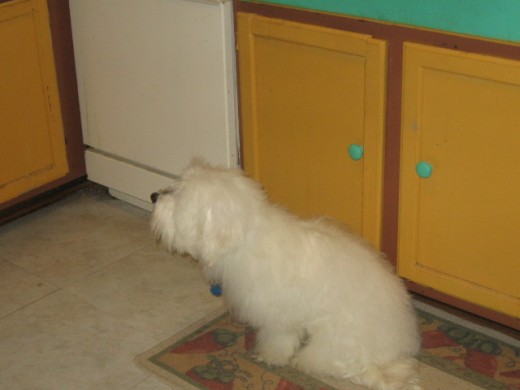
In The Vast Outdoors
Landmarks showed up out and about as well.
The big one was places it seems he just had to pee on, even if he just peed ten seconds ago. Not only is this the usual territory marking, but I also learned that it was part of his "scent map" to help him orient himself and scent has to be refreshed. It's fascinating because he doesn't do this all the time, but there are times where he MUST pee on that tree or edge of the grass or whatever.
Another thing is when we sit at intersections vs just randomly stopping. If we're at the intersection, he will go to the edge of the curb and sit. If I just randomly stop, he'll sit in "finish" position, lined up with my left leg on my left side and sitting. In both cases, I give no command or signal, aside from me just stopping. He's using the surroundings (namely, the pavement that makes up the street) to decide where to go sit.
He uses this "where the street is" knowledge when he wants to sniff something that's across the street. He'll know where the edge of the curb is and wait there for me to either get to him and take him across or for me to give him permission to cross over and go sniff.
He's learned which leg of the neighborhood mailboxes is ours. I don't think dogs can count, but he has figured out the position of the correct one. When I say "get the mail!" He'll run over there, slow down like he's sizing up where he is look at the posts and sit in front of the right one. He is using them to find his position.
Mental Maps - Part of How Dogs Adapt
Dogs who can't use vision, either due to vision damage/blindness, too much hair in their faces, or just not enough light for them to see in often cope by using/making mental maps.
Their whiskers also help in this endeavor. The eyes might be focused (in sighted dogs) on the ground, but they can feel things without bumping their nose or other body parts into the object. This is because their whiskers are super sensitive to being moved (but not necessarily to touch/pain which is why it doesn't cause pain to cut them). When the whiskers are moved, the dog understands something is there, just another way for them to detect their surroundings and form mental maps.
It's also said the whiskers are so sensitive, they can feel changes in relative air pressure so that the dog knows when he's close to something, even before he actually contacts the object.
Scent is also a big part of a dog's mental map. This isn't surprising since dogs are big on scent and their sense of smell is their strongest sense. Dogs can learn about objects and what they are from their scent and these locations get remembered in their minds and are just another way for a dog to draw that map in their heads so they know how to get around. In dogs that have lost their sight, scent get even stronger, taking an already strong sense and magnifying it to an even greater power.
Mental Map Examples
Mental Mapping is how dogs figure out paths and routes to places on his own and features of their environment. Here's some examples I've seen Wally do:
- When Wally looks for me when I let him off and explore, he'll look back for me to keep track of me. The thing is, he looks in the same spot where he expects me to be. That means he's mapped out my position relative to his. If I'm not there, he begins to look around for me and freeze. I've disturbed the map and this throws him off.
- Another exploring example is when we're walking along together and he's ahead of me, but we're both moving the same direction. He'll look back in the spot he expects me to be. If I stop suddenly, he'll keep going until he looks back and sees I'm farther back. He'll stop and look at me.
- At night, he knows where his water bowl is and his crate and the location of all the furniture and what not in the area.
- He notices changes in the house this way as well. If a room has been changed around, he moves more slowly and looks around and sniffs far more than if the room is as he expects it to be.
- While teaching him to go home, if the arrangement/number of parked cars/empty parking spaces changed, he would get confused in the beginning. I had to repeat the exercise often enough partly to get him to disregard that aspect of the environment. Now, I see him using the sidewalk - but then he got confused...by his own yard! (flowers growing/bushes changing/etc). Now, he's sticking to using the sidewalk it seems.
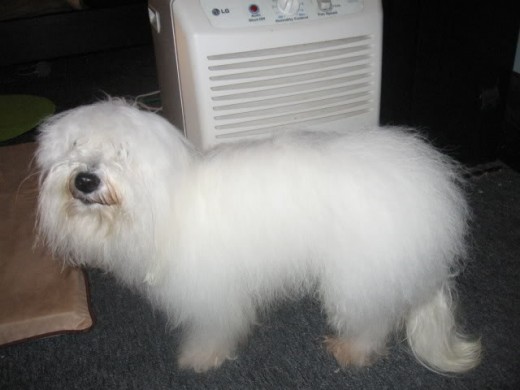
Training Uses
The most frequent way I try to take advantage of landmarks and mental mapping is in teaching boundaries and "place" training (go to crate ["bedtime"], go to place, etc)
Boundaries
In teaching boundaries, I would use a sharply defined change in the hall or floor to make that the boundary line. For example, the edge of a throw rug where the rug stops and the vinyl flooring begins.
I would have stop him and have him lie down right near that boundary line, to increase the chance its in his vision as he performs the behavior and gets rewarded. I would be consistent with it and whenever he crossed it, I would back him up until he's behind the boundary. Now, I see him stop right before the boundary. Sometimes his head sneaks across, especially if he stops in a sit or stand and then lies down. I used to accept that as long as his front paws were "in bounds" but now I'm seeing if he can orient to the boundary while considering his head into the equation.
Place Training
Another way is a go to place cue. The "place" then becomes the landmark he'll orient around. That's the "sit in front of the coffee table" I mentioned earlier. His crate is like this as well. I can say "bedtime!" and he'll get to his crate from some distance away. If he can't, his mental map hasn't captured the route from that point. For example, I can't say it while he's upstairs and expect him to go all the way down two floors to the basement. However, from anywhere in the basement? Yeah, he'll get there with no problem. That map is well established!
Mental Mapping in Dogs
- Structure and Function of the Whiskers in Dogs
Dog Whiskers help dogs sense objects, which also helps them build their mental maps. - Homing Behavior in Dogs and Cats
Talks about how Dogs (and Cats) can find their way home in familiar surroundings and about their ability to make mental maps. - Blindness in Dogs
WebMD discusses blindness in dogs including causes, methods for testing at home, and how to understand the results.
© 2010 Brian McDowell
